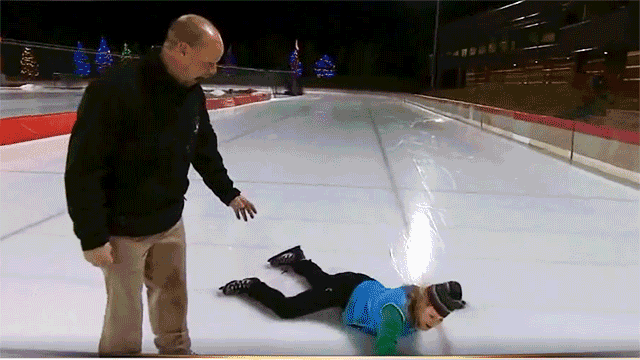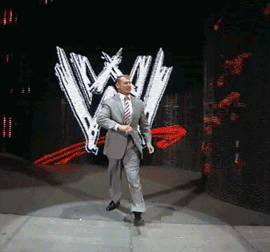This is, hand's down, my favorite post. I think it's one of the best things I've written for this blog. Sadly, hardly anyone's read it so I'm reposting.
Ladies and Gents from Oct, 2012....the Demon Negatron!!!
* * * * *
The other day, another skater paid me a compliment. "You're so good," she said.
Immediately, the Demon Negatron that lives in my head started his little speech.
 |
"What would she know? She's just a beginner.
If you were any good, why
don't your coaches tell you so?
Didn't you just mess up that mohawk five
minutes ago?
And you still can't do FI3!" |
Just like the picture says, Negative Self Talk will swallow your soul. Seriously.
Here's
the horror of Negative Self Talk, even if someone pays you a
compliment, someone like a coach, or a skater of a higher level, or
someone with a knowledgeable 'skater's eye', says "Wow! That was great!"
THE DEMON NEGATRON MAKES YOU DOUBT WHAT THEY SAY!
"Oh, they're just being nice. Oh, she can't mean that. Oh, I'm not any good. I suck."
It
takes me an act of will to remember the good things coaches have said
about my skating. It's so easy to remember the corrections and
instruction as negatives. There is no end to corrections and instruction
in skating. It's hard, very hard to not interpret them as criticism.
So, here's my hints to avoid negative self talk.
1.
Ask your coach, "How have I improved over the last year?" Because,
progress is hard for you to measure yourself over a long period of time.
A coach sees it.
2. Make a mental note of the compliments your
coach has made. If you keep a skating log (I do), don't forget to write
the little triumphs as well as what to work on.
3. Don't allow
yourself to disparage your own skating to others. Yes, you need work. So
do world champions. Don't go telling people how awful you are. Even if
something's not working, try and phrase it in a positive manner. "It's
taking longer than I expected, but I'm moving forward." vice "I suck."
4.
Don't compare yourself to other skaters. Skating is a journey not a
race. (eg."I learned this in a week, she took two.") If you treat
learning like a competition, you will be miserable.
There.is.always.someone.better.than.you. The less you compare your
skating to others' skating, the happier you'll be.
5. Compliment other skaters for their successes. Don't be jealous. Envy makes you miserable.
6.
It's easy to let one or two bad elements in a practice session
overwhelm you. There's no such thing as a 'bad practice'. Some things
will have gone well, don't forget about them.
7. Accept compliments from others with, "Thank you. That means a lot to hear you say that."
Then slap the Demon Negatron back to the hell where he belongs!
 |
Angel Positron looks down from heaven and says,
"Keep up the good work!" |
















































